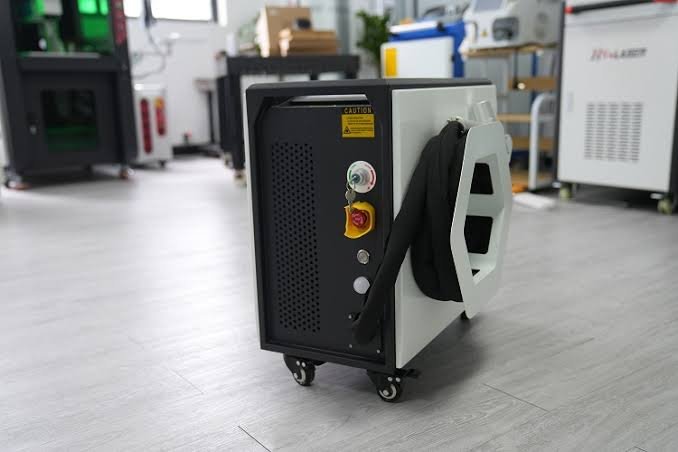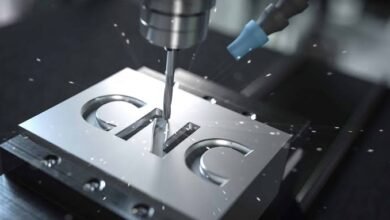What Are the 1.5mj, 5mj, And 12.5mj Pulse Cleaning Machines: How to Choose?

Introduction
The numbers 1.5mj, 5mj and 12.5mj which appear on pulse cleaning machines have what specific meaning? Every industry that battles with dust needs pulse cleaning machines as a useful solution. But picking the wrong one could mean wasted money—or worse, damaged filters. Let’s clear the air.
Understanding Pulse Cleaning Technology
How Pulse Cleaning Works
The compressor in Pulse cleaning machines transmits brief strong pressure pulses toward filters for debris removal. This principle is also applied in pulse laser cleaning machine technology, where precise bursts of energy help eliminate surface contaminants effectively. Pulse bursts from the machine dislodge the accumulated dust and debris before they collect into a hopper. This helps keep filters clean without stopping operations.
Applications Across Industries
From cement factories to bakeries, pulse cleaners are everywhere. They maintain air quality, extend filter life, and boost machine efficiency. Wherever dust is a problem, these machines are the solution.
The Meaning Behind “MJ” in Pulse Cleaning
MJ Explained
MJ stands for megajoule, a unit of energy. One megajoule equals one million joules. In simpler terms? It’s a way to measure how powerful the pulse of air is in each cleaning burst.
Impact of Energy on Cleaning Performance
Higher MJ means stronger pulses. Stronger pulses can handle heavier dust loads and more clogged filters. But too much power in the wrong setting? That’s overkill—and not in a good way.
Overview of 1.5mj Pulse Cleaning Machines
Key Features
- Low-energy pulse
- Compact and energy-efficient
- Ideal for small-scale operations
Best Use Cases
Perfect for environments with low dust levels—think electronics manufacturing or pharmaceutical labs where precision matters more than brute force.
Overview of 5mj Pulse Cleaning Machines
Key Features
- Moderate pulse strength
- Balanced energy consumption
- Versatile for mid-sized operations
Ideal Applications
Used in facilities like woodworking shops or medium-sized manufacturing plants where the dust load is significant but not overwhelming.
Overview of 12.5mj Pulse Cleaning Machines
Key Features
- High-energy pulse bursts
- Built for rugged conditions
- Can clean larger filter surfaces
Suitable Use Cases
Great for cement plants, grain processing facilities, or metalwork factories—basically, anywhere the dust gets really heavy and thick.
Comparing the Three Models
Power and Pressure Differences
- 1.5mj: Gentle, frequent pulses.
- 5mj: Balanced for regular industrial needs.
- 12.5mj: Heavy-duty blasting for large filters.
Cost Implications
More power equals higher cost. But it also means fewer cleaning cycles and less downtime.
Maintenance Requirements
Higher MJ units may require stronger components and more robust maintenance protocols. Always follow the manufacturer’s guide.
How to Choose the Right Machine for Your Needs
Assessing Dust Load and Frequency
Are you dealing with fine dust or chunky debris? Is the buildup constant or occasional? These answers decide your MJ level.
Evaluating Your Operating Environment
Temperature, humidity, and even airflow can affect how effective your pulse cleaner is. Match your machine to your shop’s real-world conditions.
Budget and Energy Consumption
High MJ machines use more energy. Don’t buy a 12.5mj beast if a 5mj model does the trick. Save your wallet—and the planet.
Benefits of Using the Right Pulse Cleaning Machine
Efficiency and Productivity Gains
Clean filters mean better airflow, which leads to better machine performance and lower energy use.
Extended Equipment Life
Using the right MJ level prevents over-cleaning or under-cleaning, both of which can damage your system over time.
Common Mistakes to Avoid
Overpowering or Underpowering
Too much power can rip your filters apart. Too little? You’ll be cleaning filters manually before lunch.
Ignoring Filter Compatibility
Not all filters are built for high-energy blasts. Check specs before you upgrade your pulse cleaner.
Tips for Optimal Machine Performance
Regular Maintenance
Clean your hoppers, inspect valves, and replace worn-out parts. It’s cheaper than downtime.
Monitoring Air Pressure and Timing
Pulses that are too frequent or too weak defeat the purpose. Adjust based on filter condition and dust load.
Future Trends in Pulse Cleaning Technology
Smart Sensors and IoT Integration
Some new models come with sensors that trigger pulses only when needed, saving energy and reducing wear.
Energy Efficiency Innovations
Look out for systems that use recycled air or dual-phase cleaning. They’re the Teslas of dust control.
Expert Advice and Industry Insights
Real-World Use Cases
“We switched from 1.5mj to 5mj and saw a 30% increase in airflow efficiency,” says a plant manager in Ohio. Real results, real impact.
Testimonials and User Feedback
Users love the customization and control they get with newer models—especially when paired with automated monitoring tools.
Conclusion
Choosing the right pulse cleaning machine isn’t just about picking the biggest or most powerful model. It’s about matching the machine to your environment, your dust load, and your budget. Whether it’s the gentle 1.5mj, the versatile 5mj, or the powerhouse 12.5mj, there’s a perfect fit out there for you. Breathe easy—now you know how to find it.
FAQs
1. What does MJ stand for in pulse cleaning machines?
MJ represents megajoule as the energy unit which determines the intensity of cleaning pulses.
2. Can I use a 12.5mj machine in a small facility?
You can, but it’s likely overpowered. It may damage your filters and waste energy.
3. How often should I service my pulse cleaning machine?
It depends on usage, but a monthly check-up is a good rule of thumb.
4. Are these machines safe to use continuously?
Yes, if installed and maintained correctly. Always follow safety guidelines.
5. What factors affect the lifespan of a pulse cleaner?
Dust load, frequency of use, maintenance schedule, and environmental conditions all play a role.




